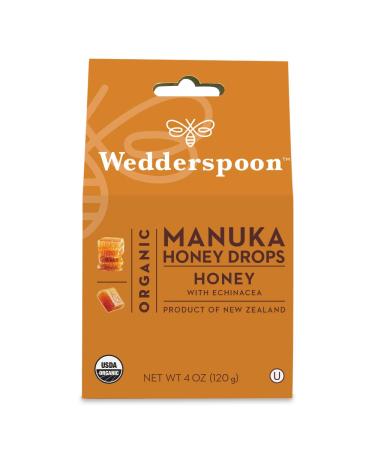Bean Type: Arabica (Typica, Bourbon, Arusha)Harvest Time: June - AugustProcessing: Washed Sun-DriedTasting Notes: Earthy Sweet Spices, Chocolate, BerryAroma (Smell): Dried Stone FruitBody: HighGrown Altitude: 1350 - 1600 mAcidity: Low - MediumIntake: The initial berry and chocolate notes, along with the sweet spices that spread through the mouth, are quite pleasurable upon sip. The chocolate flavor on the tongue, influenced by the berry flavors, leaves a sweet aftertaste. Papua New Guinea, an island nation neighboring Australia, is a special bean that combines the sweet spices of the Far East with the chocolate and berry flavors of Latin America. We can easily say that all beans bearing the name Sigri are grown at altitudes above 1500 meters. These coffees, grown on Sigri farms, boast nearly flawless processing quality. Carefully washed, sorted, and dried, the beans are carefully inspected step by step to eliminate any imperfections and then sorted by size. So much so that, instead of soaking the beans in water for three days during the fermentation process, which is part of the washing process, the beans are washed again at the end of each day to continuously break up the fermentation. To enhance the flavor, this process is extended to a fourth day, with all beans remaining completely submerged on that day. The sorting process then begins, lasting 21 days. This process consists of sorting the beans in a drum, sorting by size, sorting by color, and sorting by hand. At the end of this process, a sample roasting and tasting of each lot ensures constant quality control. We can say that this process is a truly Papua New Guinea quality process.Detailed InformationCoffee is Papua New Guinea's second-largest agricultural export after palm oil. The coffee sector employs approximately 2.5 million workers, and the coffee cultivation area reaches 87,000 hectares. The vast majority of production is carried out by small coffee producers. When you compare the 2.5 million coffee workers with the 280,000 coffee farms, it's clear that these are small family farms. The small-scale production increases the care taken. While the majority of the products are produced using organic methods, as mentioned above, there is also a strong focus on quality.Papua New Guinea's introduction to coffee dates back to the 1920s. According to records from the Papua New Guinea Coffee Research Institute, the first plantings were made in 1890, but these did not go beyond small-scale trials. It wasn't until 1926 that coffee production reached a commercial level. While Jamaica Blue Mountain saplings were the first to be planted in Papua New Guinea at that time, they weren't very sustainable. By the 1960s, investments significantly improved the coffee production infrastructure. Seizing the opportunity of the frost problem in Brazil in the 1970s, the country increased its production and significantly increased its share of the world market. However, this situation changed in the 1980s. Despite the government's efforts, the economic crisis left many farm owners unable to pay their debts, and production decreased significantly.Unfortunately, production, which increased again in the 1990s, began to decline again in the 2000s due to the global crisis and the significant drop in coffee prices. Due to increasing theft, many producers lost half of their reserves. With the support of the government, which implemented systematic production and planning since 2010, coffee production in Papua New Guinea has become sustainable. Today, coffee production is one of the driving forces of the country's economy, and with the government providing the training and system development that were crucial, it has improved its quality and once again gained international recognition. The Arusha variety, on the other hand, is not commonly encountered in the rest of the world. It's a variety native to Tanzania and Papua New Guinea, resulting from the natural mutation of Typica Bourbon strains.How to Drink Brewing MethodIt's quite successful in filter brewing methods and delivers results that match the tasting notes, while the espresso aftertaste retains the bitterness of traditional espressos. Therefore, our primary recommendation would be filter brewing methods. For pressurized brewing methods, we should note that the AeroPress yields successful results.Who Should Prefer ItPapua New Guinea Coffee is notable for its meticulous processing. It also has a touch of Far Eastern and Latin American flavors. If you enjoy the flavors of these regions, it's a great choice to expand your palate.Not Suitable ForIf you prefer predominantly acidic, fruity African coffees, this may not be for you.













